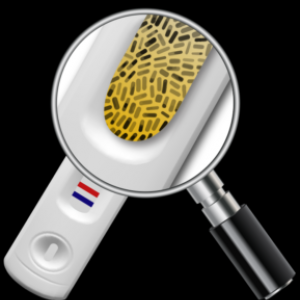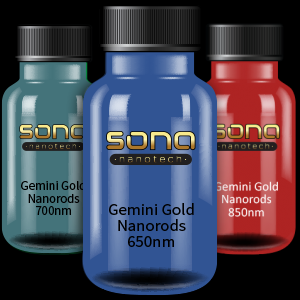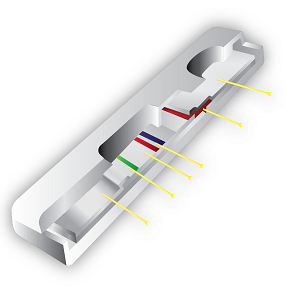| Sona Nanotech Inc. |



| Registration Date | 1 Mar 2020 |
| Revision Date | 1 Mar 2020 |
| Share |
Medicine Medical Supplies
Detection KitGold
Au Nanorod CAS Number : 7440-57-5
Sona Nanotech Inc is deploying its proprietary nanotechnology in the development of a rapid screening test for the current Coronavirus, “nCoV19”.
Sona is developing a quick-response lateral-flow test to screen patients for the nCoV19 virus. When completed, the test is expected to produce results in 5-15 minutes and is anticipated to cost less than $50. There is currently no lateral flow test specific to the nCoV19 strain of the Coronavirus, which was first detected in Wuhan, Hubei Province, China and continues to spread across the globe.
Sona will integrate its proprietary nanorod technology into a disposable lateral flow test platform (similar to pregnancy tests that can be administered without skilled technicians or additional laboratory equipment) for use as a screening tool to help triage individuals.
Currently, the majority of testing completed for the nCoV19 virus utilizes molecular based technology (PCR), a testing platform that; typically costs more than $200 per test, frequently takes 2-4 hours to produce results, and requires specialized laboratory equipment and skilled technicians to operate. In comparison, lateral flow assays provide results between 5-15 minutes and can be administered by a layperson.
“Screening tests are critical tools in dealing with rapidly evolving and large-scale out-breaks that tax the health care system, like this novel Coronavirus,” says Darren Rowles, CEO, Sona Nanotech. Screening tests rapidly identify at-risk patients, which allows the medical community to focus its resources on the patients that need help the most.
“Lateral flow tests previously developed with Sona’s proprietary nanorods have demonstrated industry-leading test sensitivity levels compared to other particles,” continues Rowles. “The higher the test sensitivity, the more accurately a lateral-flow screening test will identify patients as ‘at-risk’ or ‘not at risk’.” Sona is in continuing discussions with several companies and organizations relating to the development of the nCov19 Coronavirus and expects to provide additional updates on Sona’s test development in the coming days.
Lateral flow is, at its core, a simple technology; a paper-based diagnostic test used to confirm the presence or absence of a target analyte in a sample without the need for specialist lab equipment.
Low cost, easy to use and easy to interpret, lateral flow tests, also known as lateral flow immunochromatographic assays, lateral flow immunoassays or dipstick tests, are ideal for home and point-of-care testing.
The most well-known type of lateral flow test is the home pregnancy test.
The origins of lateral flow technology go all the way back to the 1960s and the discovery of the antibody-antigen immunoassay reaction combined with thin layer chromatography (TLC).
But the technology as we know it today was first properly developed in the late 1980s when three researchers filed separate patents within months of each other for what is now considered the basis of the lateral flow platform.
All three patents were looking for a way to develop an over-the-counter home pregnancy test, and today that remains the most widespread and well-known application of lateral flow technology.
Let’s take the home pregnancy test as an example. The sample, in this case urine, is introduced to the sample pad, which holds the fluid like a sponge. The fluid then moves to the conjugate pad, which stores the conjugated antibodies and labels used to detect the analyte. There are many different labels but in most tests the label is gold, which is red in colour. In pregnancy tests it tends to be latex, which is blue.
In a pregnancy test the analyte being detected is human chorionic gonadotropin (hCG), a hormone produced by the placenta. If this target analyte is present, the conjugated antibodies and labels will bind to it and continue to move along the test. A coloured line will form at the test line, giving a simple visual confirmation that the analyte has been detected. An independent control line contains an antibody that captures the free labels to confirm the test is working properly.
The most popular labels are gold nanoparticles and latex nanobeads, but today a range of label options are available. These include:
Fluorescent dyes or proteins
Quantum dots
Cellulose nanobeads
Polystyrene nanobeads
Paramagnetic nanoparticles
Enzymatic reagents
Sona Nanotech’s unique gold nanorods are powering the next generation of lateral flow tests. As they can be produced in multiple different lengths they produce different colours, making them perfect for multiplexing (having more than one line in a test). They offer clear visual readings, distinct colour patterns and greater sensitivity and can be read quantitatively by a reader.